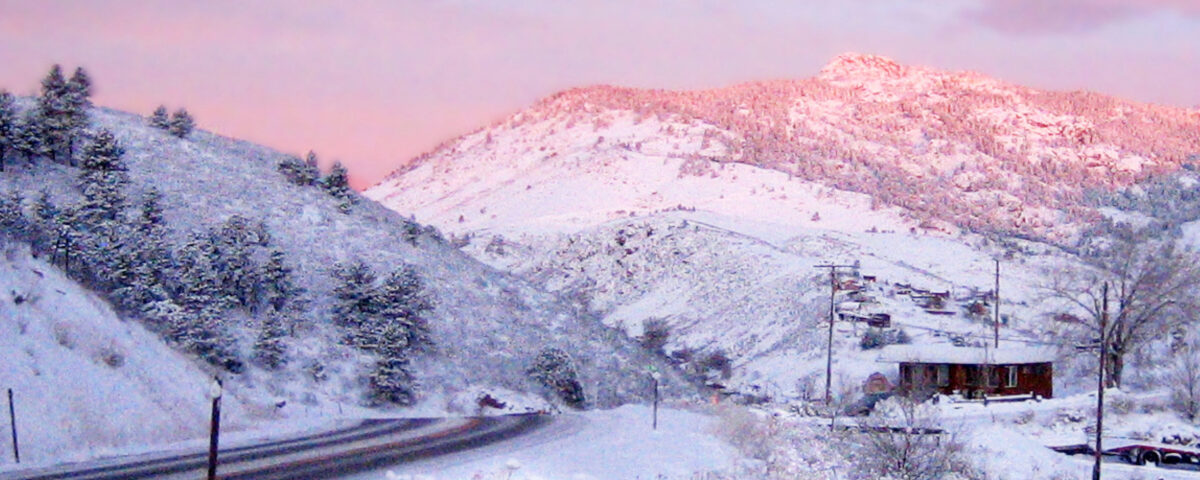If you still receive a printed bill in the mail, consider enrolling in Paperless Billing. Click for Benefits of Text & Email Notifications
×
There’s something special about seeing the mountains covered in that first winter snow. Ski trips, building snowmen, and weekend afternoons drinking warm beverages are synonymous with winter, but with the change in weather can also come heavy snow and ice. As they accumulate, ice and snow can disrupt electrical services, leaving your home without power. If the power does go out during a winter storm, it’s important to know what to do — check out our winter storm safety tips here.
When the power goes out in the winter, the first priority everyone should have is staying warm. Stay indoors, and dress in several layers of loose-fitting, lightweight, warm clothing. Clothing items such as hats, mittens, and scarves should also be utilized. From there, all members of the household should choose a room to stay together in, close off other unneeded living areas, and place draft blocks on outward-facing doors. Keep an eye on the temperature in your home, especially if infants or those over the age of 65 are present, as they’re more susceptible to the cold. For extended periods without heat, it may be better to stay with friends or relatives or go to an emergency shelter.
If you’ll be using an alternative heating system, such as a space heater, be sure to follow operating instructions, use fire safeguards, and properly ventilate if needed. Additionally, keep a multipurpose, dry-chemical fire extinguisher nearby, and know how to use it. For homeowners with a portable or permanent generator, read the manufacturer’s instructions before operating, and be sure to follow our generator safety tips.
Even though it’s cold outside, you still want to make sure your food stays fresh inside your home. Try to minimize opening your refrigerator and freezer to ensure the temperature stays consistent. In most cases, a full freezer can stay cool for 48 hours, while a half-full freezer can stay cool for 24 hours.
If the outage is going to last longer than 4 hours, keep perishable items in a cooler with ice. You can even use snow from outside, but be sure to reduce how much heat you let escape from your home.